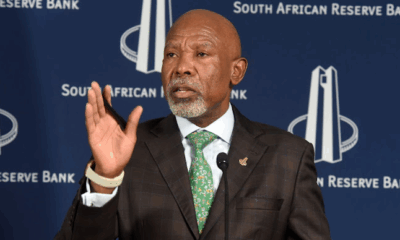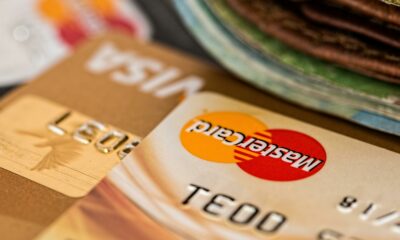News
How Financial Strain is Reshaping South Africa’s Property Market

How Financial Strain is Reshaping South Africa’s Property Market
South African households are under mounting financial strain, and the knock-on effect is becoming increasingly visible in the property market.
The Q2 2025 Debt Index from DebtBusters paints a sobering picture:
-
95% of debt counselling applicants held a personal loan.
-
54% relied on payday loans to cover monthly expenses.
Even though interest rates have come down, disposable income remains under severe pressure, limiting consumers’ ability to buy homes or invest in property.
Rising costs, stagnant incomes
DebtBusters executive head Benay Sager says household finances remain under stress:
-
Inflation is being driven by regulated costs such as electricity and municipal rates, which have been running at near double-digit levels.
-
Income growth has failed to keep pace with rising expenses.
-
High-cost personal loans (23–25% interest) are eating into disposable income.
Sager warns that this financial picture is unlikely to change in the next two years, leaving many households with little room to consider property purchases.
Property prices outpacing inflation
At the same time, house prices are climbing again.
-
The FNB House Price Index rose 3.7% year-on-year in July 2025, above inflation.
-
Sectional title properties are now edging ahead of freestanding homes in value growth (3.8% vs. 3.7%).
Analysts suggest this shift reflects lifestyle changes and affordability concerns, as buyers opt for smaller, more affordable homes in secure developments.
Who can still afford property?
Sentinel Homes MD Renier Kriek notes that while affordability is marginally better than five years ago, most households are still priced out of the market.
DebtBusters data shows:
-
Higher earners dedicate a much larger share of their debt to property finance.
-
Households earning R20,000+ allocate about 22% of debt to home loans.
-
For those below R10,000, home loans make up just 6% of debt.
-
At R35,000+, property debt rises to 38% of loan profiles.
-
This highlights how property ownership remains tied to income brackets, with middle and lower income groups relying more heavily on unsecured, high-interest borrowing.
What consumers need to know
For aspiring homeowners, Sager offers practical advice:
-
Keep total debt repayments under 30% of take-home pay.
-
Build financial room so you can qualify for a bond when rates and prices align.
-
Be cautious about taking on high-interest personal loans that reduce long-term affordability.
{Source: IOL}
Follow Joburg ETC on Facebook, Twitter , TikTok and Instagram
For more News in Johannesburg, visit joburgetc.com



























